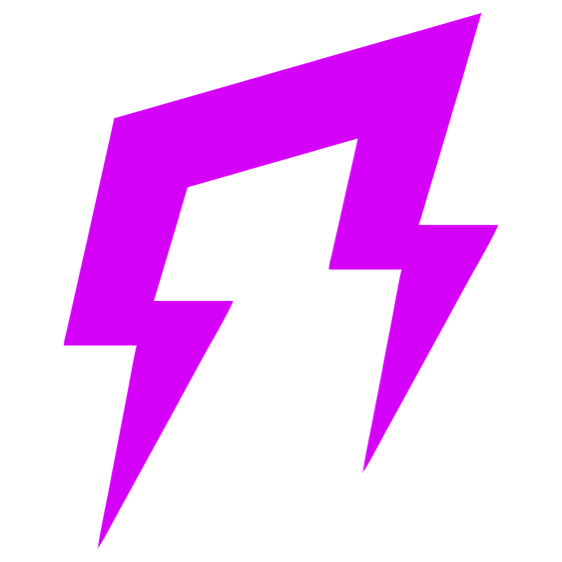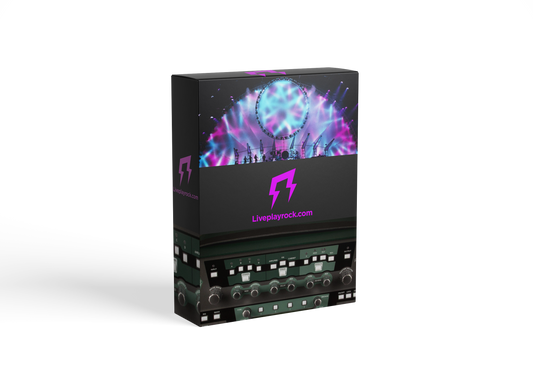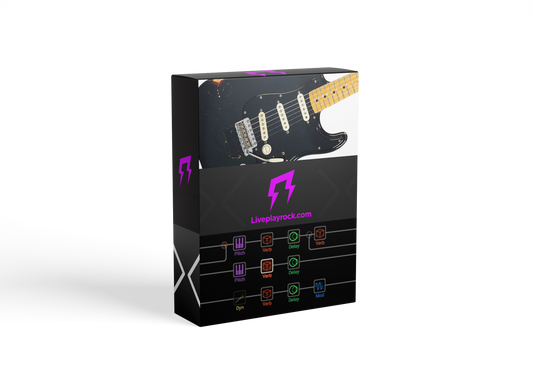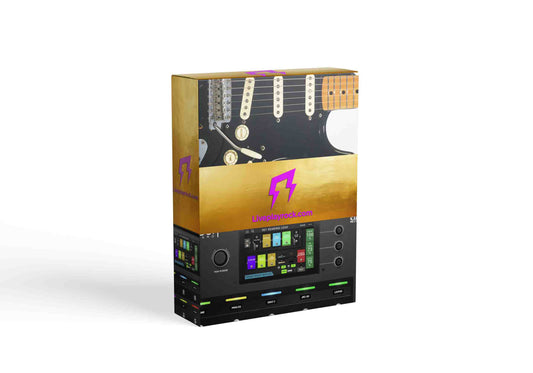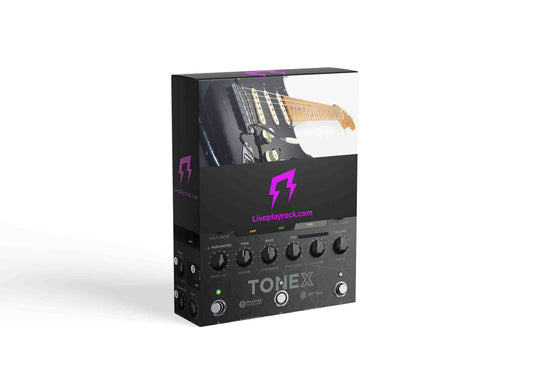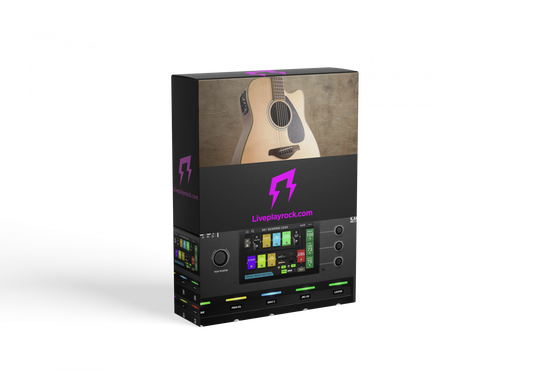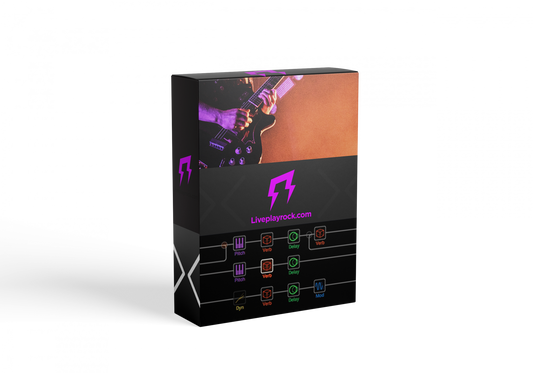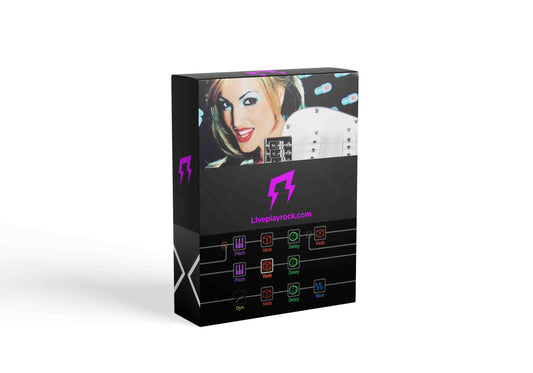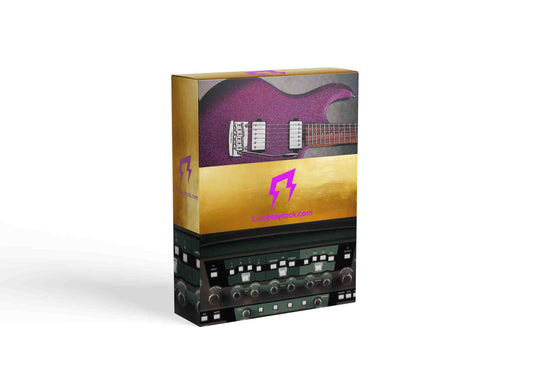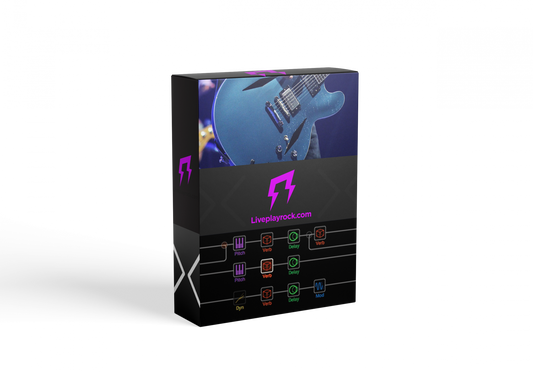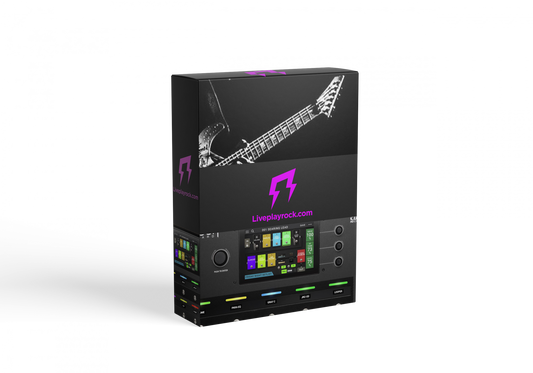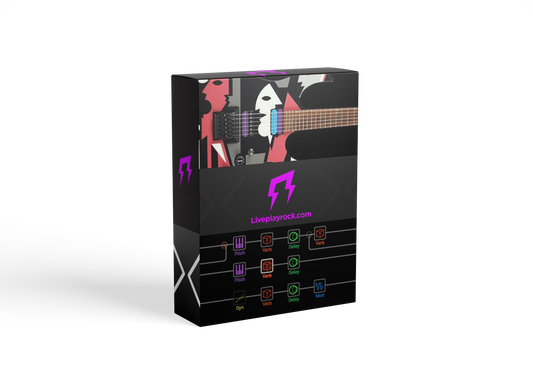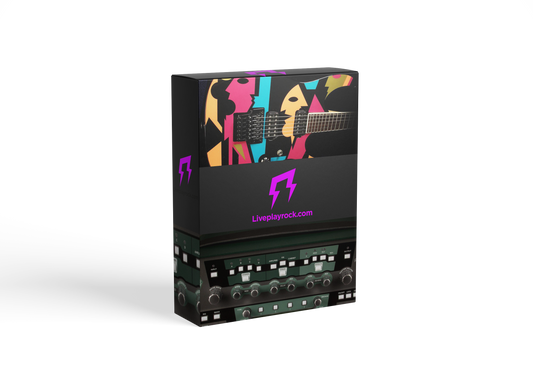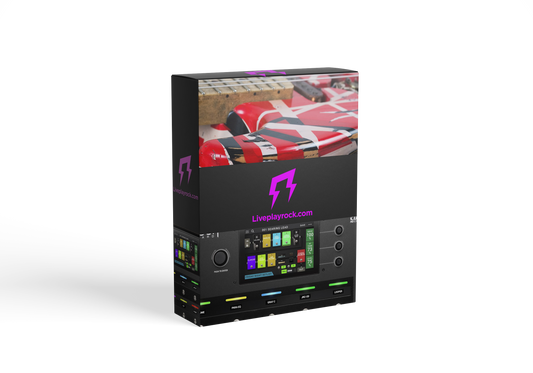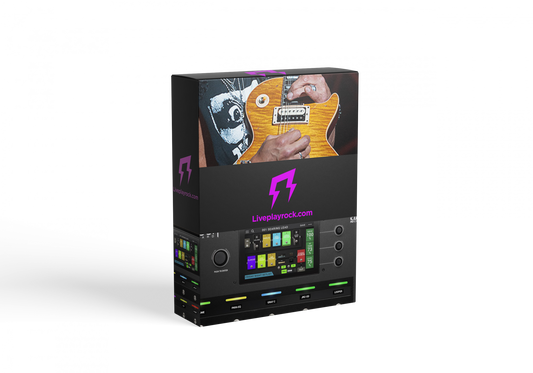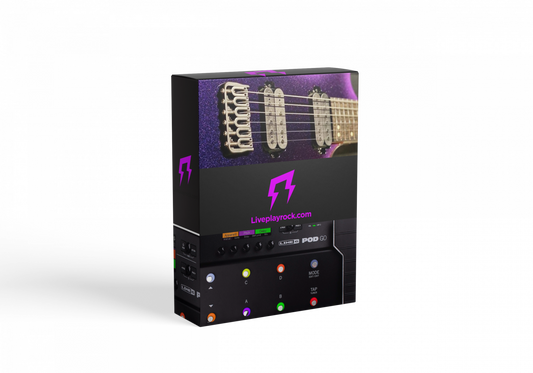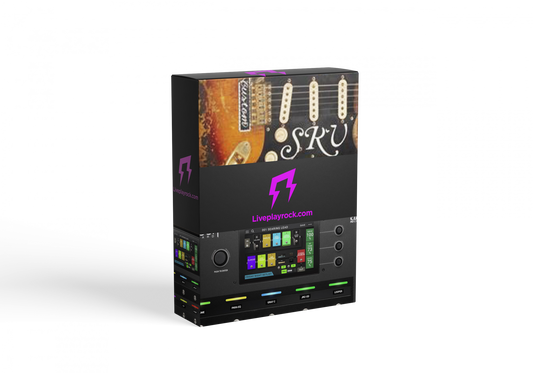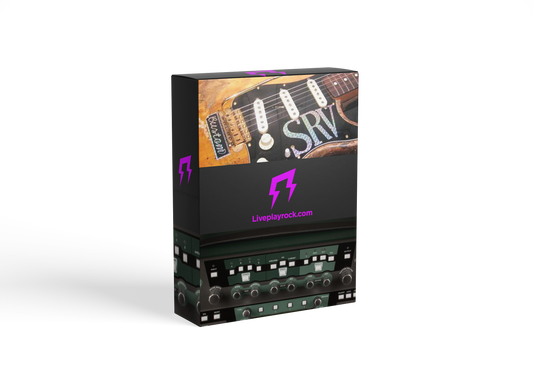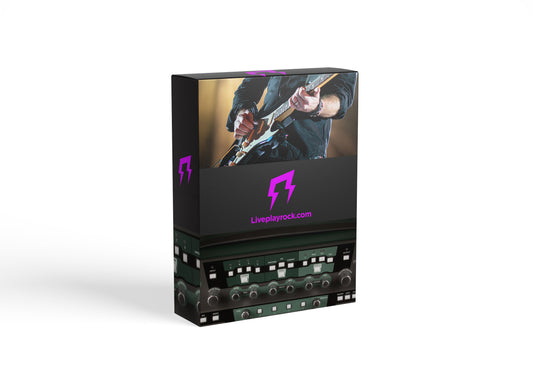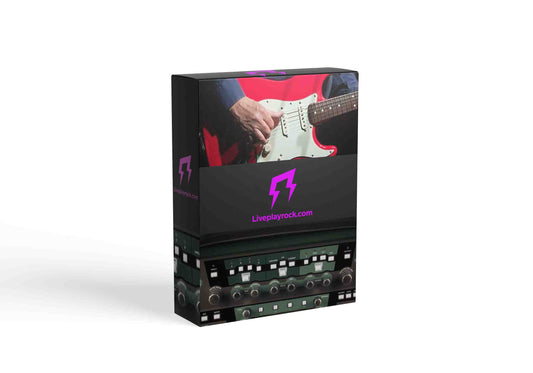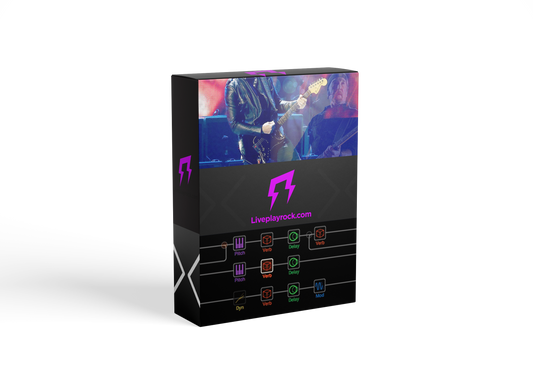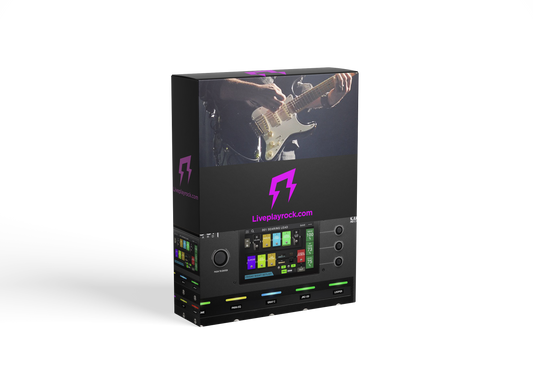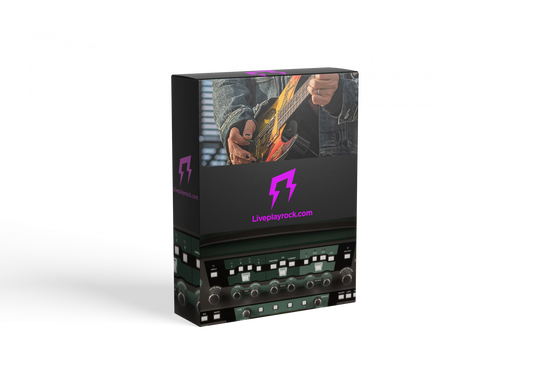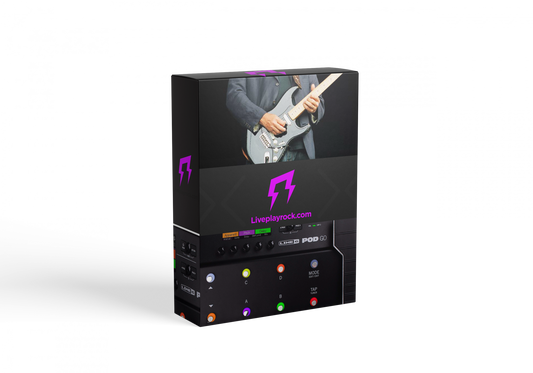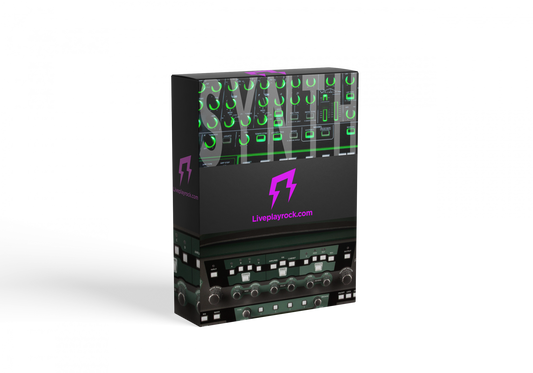
David Gilmour’s guitar tone on "Run Like Hell" - GUITAR HELP
Share
David Gilmour’s guitar tone on "Run Like Hell" is one of his most iconic—sharp, rhythmic, atmospheric, and full of character. Here's a breakdown of the gear setup he used (or is widely known to have used) for this track, particularly during The Wall era:
🎸 Guitar
-
Fender Black Stratocaster (1970s)
-
Mods: Gilmour's Black Strat was heavily modified over the years. During The Wall sessions and tours, it had:
-
A Seymour Duncan SSL-1 single-coil pickup in the neck and middle positions.
-
A custom wound pickup in the bridge position (sometimes reported as a DiMarzio FS-1 in earlier periods).
-
A shortened tremolo arm for more subtle control.
-
-
Contribution to Tone: The Strat's naturally bright and snappy tone was perfect for the rhythmic, delay-driven pulse of "Run Like Hell."
-
🎛️ Effects Pedals
This song relied heavily on effects to create its distinctive rhythm and atmosphere.
-
Electro-Harmonix Electric Mistress Flanger/Filter Matrix
-
Adds a sweeping, jet-like modulation that’s central to the song’s spacious sound.
-
-
Binson Echorec (Studio) / MXR Digital Delay or DDL (Live)
-
Used to create the rhythmic delay pattern—essentially forming the backbone of the song’s pulse.
-
In live setups during The Wall tour, Gilmour often used a custom Pete Cornish rig with integrated delay units.
-
-
Hiwatt Custom 100 (DR103) + WEM Cabinets
-
High headroom amp with clear, powerful response. Essential for clean tones and for preserving effect clarity.
-
-
Electro-Harmonix Big Muff Pi (used selectively)
-
While Run Like Hell is more of a clean/modulated tone, Gilmour often used the Big Muff in combination with delay and modulation for added punch when needed.
-
-
Boss CE-2 Chorus or Uni-Vibe (in some live versions)
-
Adds subtle modulation and depth to the clean tone, helping to fill space during live performances.
-
-
Volume and Wah Pedal (used for expressive dynamics)
🔧 Amp & Cab Configuration
-
Hiwatt DR103 (100W) Head
-
Clean, powerful British tone with a very open midrange.
-
-
WEM 4x12 Speaker Cabinets
-
Loaded with Fane Crescendo speakers, known for their clear highs and warm mids.
-
🔄 Signal Chain (Simplified)
Guitar → Flanger → Delay → Amp Head → WEM Cabinets
🧠 Tone and Style Explanation
-
The flanger gives the song that haunting, swirling pulse.
-
Delay is crucial—used in a dotted-eighth note setting to create a rhythmic echo that interlocks with the strumming pattern. The first delay is 380 ms, mixed high with 7 feedback repeats. The second delay is 507 ms, set for 1 feedback repeat.
-
The clean amp tone ensures that the modulation and delay effects are articulate and don’t get muddy.
-
Strumming technique is also key—Gilmour used a syncopated pattern that interacts with the delay to create a hypnotic groove.
Discover Liveplayrock ready to use preset for digital devices in the style of David Gilmour - CLICK HERE
